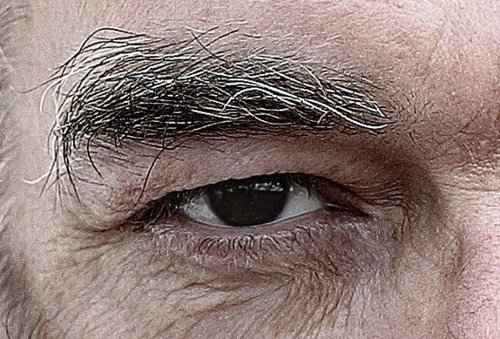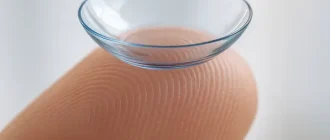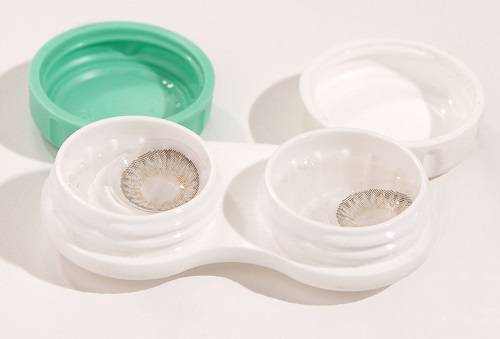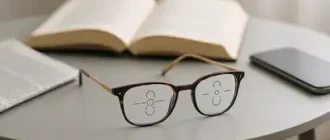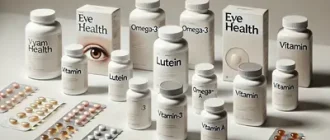Monovision with contact lenses is an effective strategy used by many individuals to correct presbyopia, a natural part of aging that typically becomes noticeable after age 40. Presbyopia reduces the eye’s ability to focus on close objects, causing difficulty in activities like reading or using a smartphone. This article dives into the concept of monovision, providing a detailed look at its benefits, drawbacks, and practical insights based on the latest medical research.
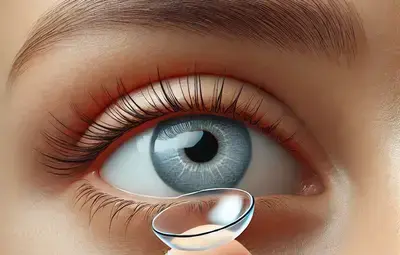
The Concept of Monovision: What Is It?
Monovision is a method that involves correcting one eye for distance vision and the other for near vision. The dominant eye is usually fitted with a contact lens for distance, while the non-dominant eye is used for close-up tasks. This approach allows the brain to merge the two different images and, over time, adapt to the new way of seeing the world.
Although this idea might sound complex, the adaptation is often quite successful. Recent studies indicate that about 75% of individuals using monovision adjust to the vision differences within four to six weeks, experiencing improvements in both distance and near vision without needing glasses. However, not everyone is suitable for this method, as it involves a certain level of brain adaptation.
Pros and Cons of Monovision With Contact Lenses
Monovision offers several advantages, but it is not without its challenges. Below is a comparison of some of the key benefits and drawbacks of this vision correction technique:
| Benefits | Challenges |
|---|---|
| Reduces the need for glasses | Reduced depth perception |
| Cost-effective vs. bifocal lenses | Possible eye strain |
| Effective for presbyopia | May impact night driving |
Benefits Explained:
- Reduces the Need for Glasses: Monovision is often chosen by those who prefer not to wear reading glasses. Around 60% of patients report a significant reduction in their dependence on glasses.
- Cost-effective: Compared to multifocal lenses, monovision can be a cost-effective solution. Multifocal contact lenses cost approximately $500-$1,000 annually, whereas standard contact lenses used for monovision are generally cheaper.
Challenges Explained:
- Reduced Depth Perception: Monovision can affect depth perception, which is crucial for tasks like driving or sports. Studies indicate that up to 25% of users report some difficulty with depth perception, particularly in low-light environments.
- Eye Strain and Adaptation: Adjusting to monovision requires time. Users may initially experience eye strain, headaches, or even dizziness. This is because the brain needs to recalibrate how it interprets two different visual inputs.
Medical Insights and Practical Examples
The process of adapting to monovision is highly individual. For instance, a 47-year-old patient reported successful adaptation within three weeks, enjoying the freedom from reading glasses. Meanwhile, a 50-year-old patient struggled with depth perception during night driving, which led her to abandon monovision in favor of bifocal contact lenses.
These contrasting experiences highlight the importance of a trial period, which most optometrists offer. Typically, patients are advised to use trial lenses for two to four weeks before deciding whether monovision is a suitable long-term solution.
Cost Considerations: Monovision vs. Multifocal Lenses
Cost is often a key factor in choosing a vision correction strategy. Here is a breakdown of the estimated annual costs associated with monovision and multifocal lenses:
| Type of Contact Lenses | Average Annual Cost (USD) |
|---|---|
| Monovision Lenses | $250 – $400 |
| Multifocal Lenses | $500 – $1,000 |
Monovision contact lenses are often less expensive because they use standard single-vision lenses, while multifocal lenses are specially designed and therefore come with a higher price tag. This can make monovision an attractive option for those looking to balance effectiveness and affordability.
Current Trends in Monovision Usage
Monovision is increasingly being used as a bridge solution before opting for more permanent corrections, such as LASIK surgery. According to recent statistics, about 30% of individuals aged 45-60 who experience presbyopia choose monovision as their initial corrective method. This trend is partly due to its adaptability and cost-effectiveness compared to surgical interventions.
There is also growing interest in combining monovision with digital eye strain solutions. With screen usage on the rise, some optometrists are recommending blue-light-blocking coatings alongside monovision lenses to alleviate digital eye strain. While there are mixed opinions about the efficacy of blue-light blocking technology, some patients report reduced discomfort during prolonged screen use.
Advice from Our Editorial Team
Monovision with contact lenses is a viable solution for managing presbyopia, but it is not without its challenges. If you are considering this approach, speak with your eye care provider about a trial period to assess whether it suits your lifestyle and visual needs. Adapting to monovision may take some time, and it’s important to have realistic expectations about depth perception and comfort.
Ultimately, choosing the right vision correction is a personal journey. Don’t hesitate to explore your options and take advantage of trial lenses to make an informed decision that works best for you.

